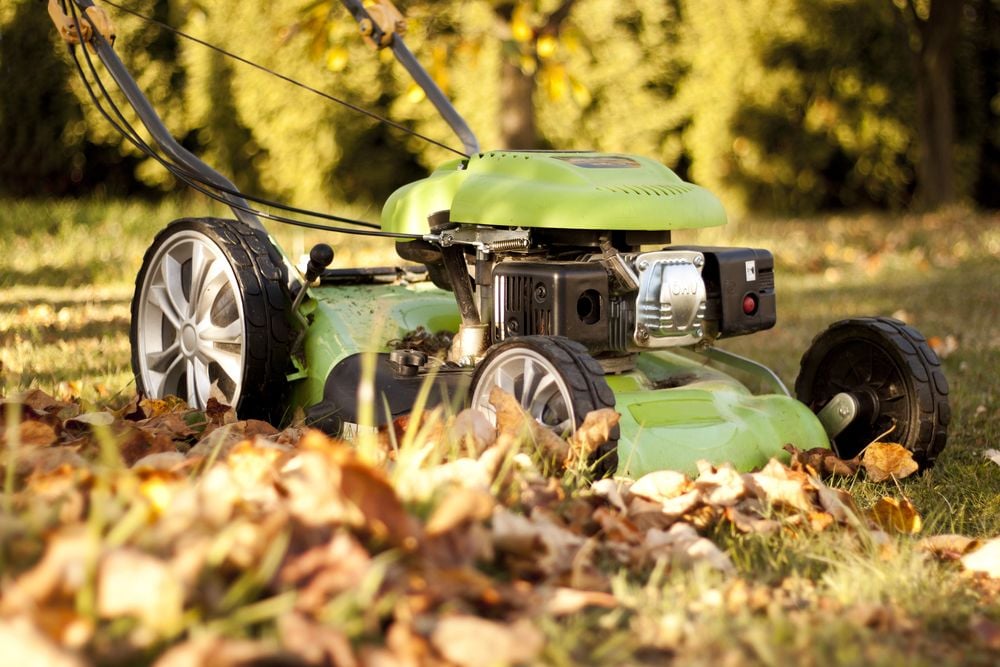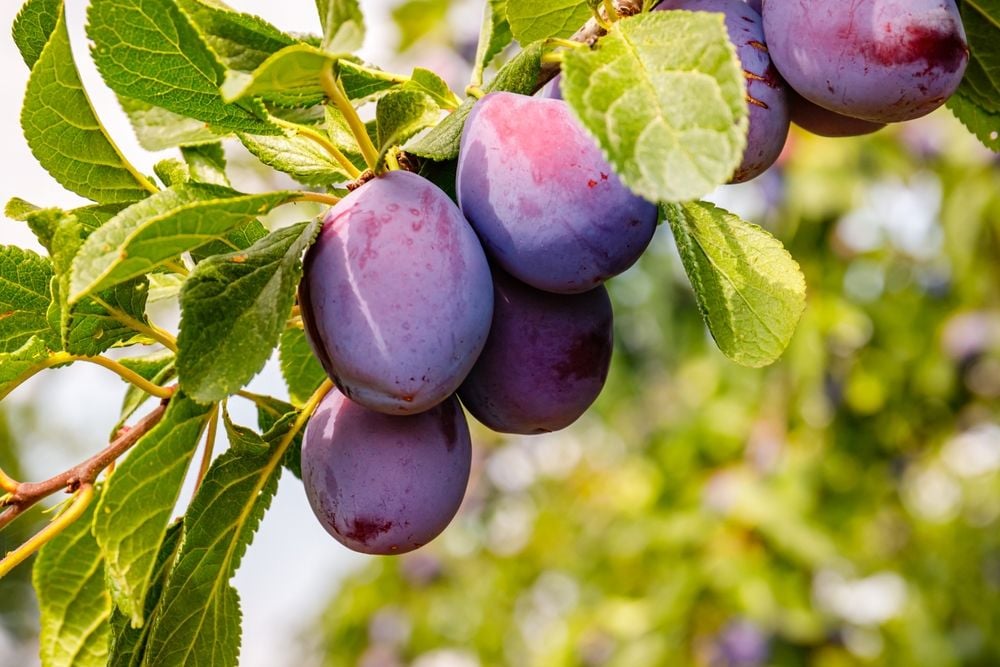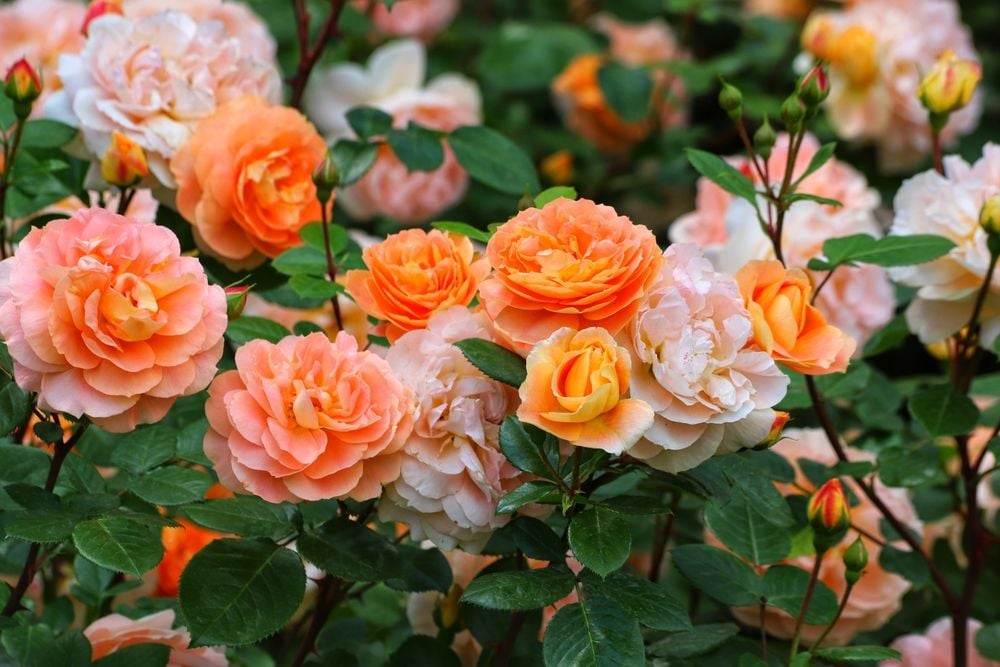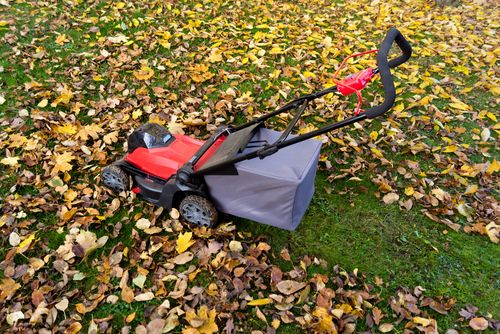
The Golden Side of Autumn: Rethinking Fall Leaves
- Sep 18, 2025
As the autumn season ensues, a beautiful display of fallen leaves blankets the ground. Though often regarded as a task for tidying up, autumn leaves can serve as a natural booster for your garden; they add nutrients to the soil and help control weed growth. Should you mow or rake the leaves? Horticulture experts have weighed in.
A unanimous voice from these experts suggests that mowing the leaves can restyle your garden. Not only will mowing nourish the soil and lawn, but it also enhances biodiversity, providing nourishment for butterflies and creating an ambient atmosphere for flowers to blossom. Autumn leaves can serve as an ecological advantage for your lawn if you treat them as a blessing rather than a curse.
John D. Faerber, director of horticulture at The Lake House on Canandaigua highlights that leaves are a substantial natural asset for your garden. As they break down, leaves restore essential nutrients and organic matter to the soil, fortifying your lawn and nourishing soil biology. Leaves also retain moisture, regulate soil temperature, provide natural insulation, offer habitats for helpful insects, and serve as a harmless weed repellent, making them an eco-friendly element for garden enhancement.
For turning leaves into mulch, experts suggest a mulching mower, however, a traditional mower would suffice if you mow the leaves multiple times.
Clear guidelines from Rebecca McMackin, lead horticulturist at the American Horticultural Society, state that leaves should be dry and spread evenly across the lawn. Avoid mowing too close to the ground due to the grass underneath. The shredded leaf particles should ideally be dime-sized at most, to enable them to fall among the grass.
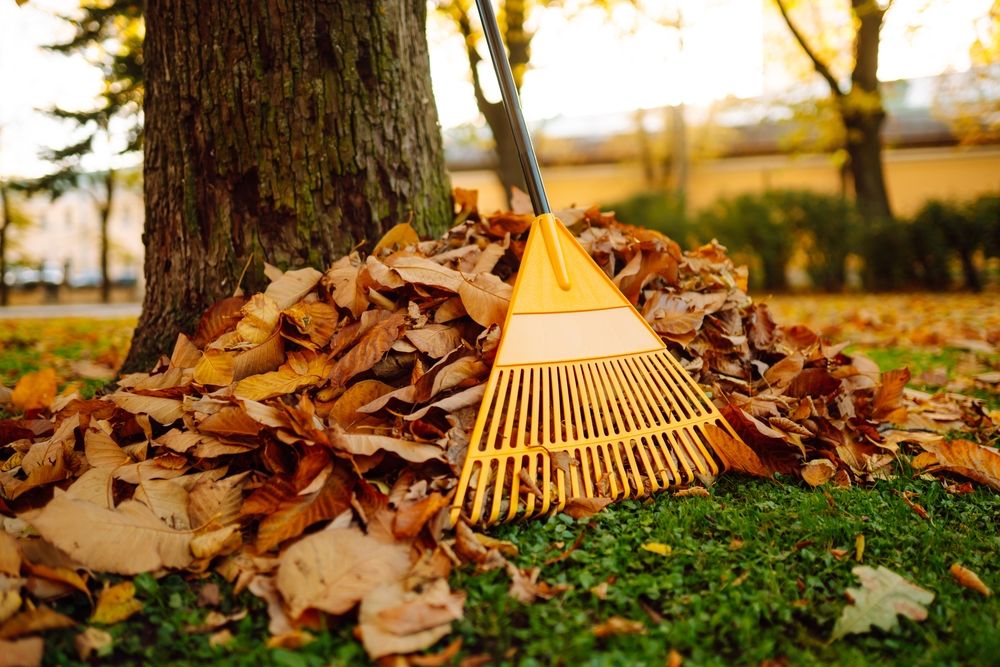
The advantage of mowing leaves is that the shredded leaves decompose faster, returning nutrients to your lawn or garden. "These mulched leaves can also enhance garden beds and vegetable patches, suppressing weeds and gradually infusing the soil with organic matter," adds Faerber. He explains that these mulched leaves applied in autumn decompose over winter, transforming into nutrient-rich soil by spring. It's like creating your own natural compost directly in your garden. This procedure is efficient, saves labor, and reduces organic waste in landfills.
Dry autumnal leaves can serve as a core carbon source in the composting process. As Bruce Cakebread, a co-owner of Cakebread Cellars and gardener explains, "The dry leaves can be combined with high-moisture composting materials like fruit and vegetable scraps." However, he advises maintaining a critical ratio to avoid turning your compost into slushy, depleted matter. Ideally, there should be 15 to 20 parts brown (dry leaves) to one part green (vegetable scraps).
Suppose you're interested in the composting process. In that case, Cakebread suggests simply using a kitchen thermometer to check the temperature of your pile, with the ideal composting temperature ranging between 130 and 160 degrees Fahrenheit.
Finally, fall leaves play a crucial role in the lives of many butterfly and moth species, serving as a home for caterpillars and providing shelter during winter. McMackin notes an increase in homeowners focusing on these leafy areas, planting low native plants beneath them to augment the butterfly and moth populations in their garden. McMackin poignantly adds, "When we rake those leaves away, we’re literally raking away butterflies."
So the next time you're met with a yard full of fall leaves, remember the natural benefits they offer. These leaves can enrich our lawns and gardens in ways we might not have considered. Let's reconsider fall leaves as a burden and welcome them as a seasonal gift instead.



